Moonshine. The very word conjures vivid images: shadowy figures in Appalachian hollows, copper stills gleaming under the moonlight, and tales of defiance against the law. During America’s Prohibition, this potent spirit flowed freely, quenching a nationwide thirst. Even after alcohol became legal again in 1933, the allure of moonshine never truly faded. Today, ‘hooch’ is experiencing a resurgence, inspiring TV shows and finding its way onto liquor store shelves in those iconic mason jars. But there’s so much more to this legendary drink than you might think. Let’s dive into some awesome things you should know about moonshine.
10. NASCAR’s Unexpected Origins

Today, NASCAR is a world of high-tech, precision-engineered cars, some costing over $100,000, backed by massive corporate sponsorships. It’s America’s largest spectator sport, but its beginnings were far more modest. Believe it or not, NASCAR’s roots trace back to Prohibition, when moonshiners relied on souped-up cars to outrun law enforcement. When Prohibition ended in 1933, these daring drivers didn’t hang up their keys. Instead, they continued their high-speed antics, this time evading tax collectors on the dusty backroads of the Deep South.
Many early NASCAR legends were former bootleggers. The famous Junior Johnson, for instance, had already served a year in prison for running an illegal still before he transitioned to NASCAR in 1955. He went on to win an impressive 50 races before retiring in 1966, forever linking the sport to its moonshining past.
9. Moonshine vs. Whiskey: What’s the Real Difference?
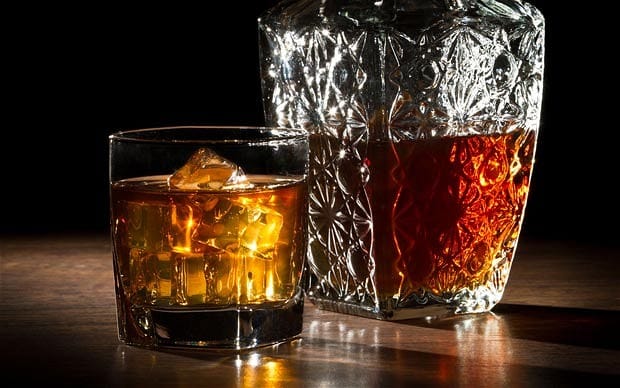
At its core, moonshine starts life much like the whiskey you find in stores. The primary distinction lies in the aging process. Store-bought whiskey is typically aged, often for many years, in oak barrels charred on the inside. This aging process mellows the spirit and imparts complex flavors.
Moonshine, on the other hand, is generally unaged, giving it a raw, potent taste often described as a blast of pure alcohol. Whiskey, thanks to its time in barrels, can develop subtle notes of vanilla, fruit, cocoa, butter, and caramel. The taste of whiskey can vary greatly depending on factors like the grains used, the length of aging, and the specific charring of the barrels.
8. A Quick Sip of Moonshine History
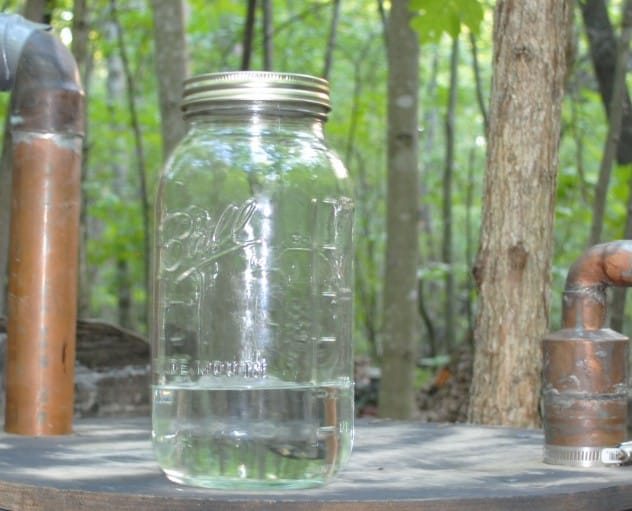
After the Revolutionary War, the young American nation was burdened with debt. To help cover these costs, the federal government imposed a tax on liquor. This didn’t sit well with many citizens, who felt it was reminiscent of the British taxes they had just fought to escape. As a result, most people continued to distill their own whiskey, conveniently forgetting to pay the government its share.
Tax collectors sent to enforce the levy often faced violent resistance—some were beaten, tarred, and feathered. By 1794, tensions boiled over, leading to the Whiskey Rebellion in western Pennsylvania. A militia, led by Alexander Hamilton and Henry Lee, was dispatched to quell the uprising. While they succeeded on the surface, many distillers simply went further underground. Thomas Jefferson later repealed the unpopular whiskey tax, and for about 60 years, folks were free to make their own. However, the immense costs of the Civil War brought back liquor taxes, and with them, a renewed tradition of moonshining that has often been passed down through generations.
7. The Art of Distillation
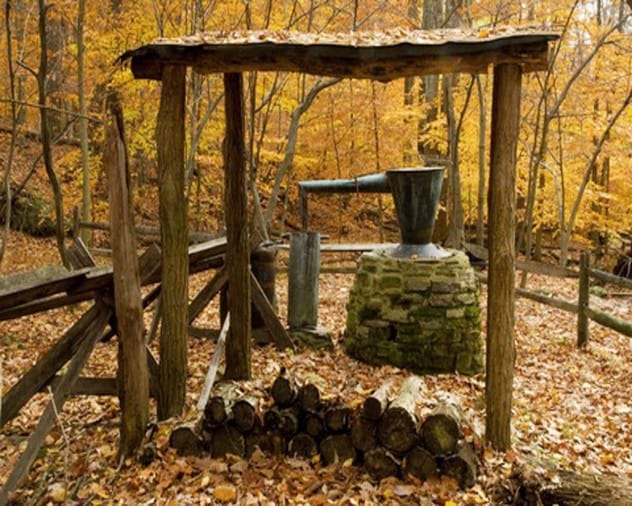
Making moonshine is a surprisingly straightforward process, primarily involving four key ingredients: corn, sugar, yeast, and water. While barley, rye, or fruit can substitute corn, corn is the traditional choice due to its affordability and availability. Some resourceful moonshiners even use hog feed, which can be purchased in large quantities without raising suspicion. In simple terms, the corn, sugar, and water are mixed with yeast. The yeast then gets to work, converting the sugars into alcohol. This mixture, known as the ‘mash,’ is heated almost to boiling. This step speeds up fermentation and releases alcohol as steam. The steam is carefully filtered to remove any solids and then directed into a device called a ‘worm.’ The worm is essentially a coiled copper pipe submerged in cold water. The cold water causes the alcohol steam to condense back into liquid moonshine.
6. The Dangers of Bad ‘Shine: Poison Potential
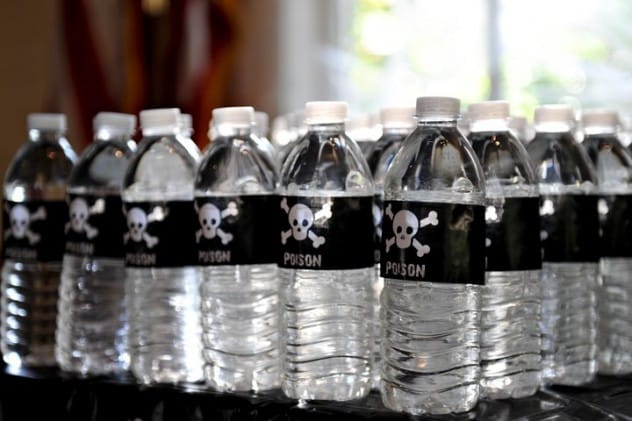
The initial portion of moonshine from a batch, often called the ‘heads,’ is where impurities, including toxic methanol alcohol, tend to concentrate. Responsible distillers always discard this part to ensure their product is relatively safe. However, the illicit nature of moonshining means some unscrupulous producers cut corners or use hazardous materials. A significant concern in the past was the use of car radiators as condensers. These radiators were often soldered with lead, a highly toxic metal, even in minute amounts. Furthermore, old radiators could contain remnants of antifreeze, which includes ethylene glycol—a deadly poison made even more dangerous by its sweet taste.
Some moonshiners have even been known to add shocking ingredients like manure or embalming fluid to supposedly increase their product’s potency. Compounding these risks, moonshine is typically made in less-than-sterile conditions, often in the woods, where the sweet mash can attract insects and rodents.
5. Why is Moonshine Illegal Anyway?

In the United States, it’s perfectly legal to brew your own beer at home for personal consumption in all 50 states. However, distilling your own liquor remains strictly against the law. Those caught making moonshine can face a range of charges, including possession of moonshine, possession of illegal alcohol containers (like mason jars or gallon jugs), concealing beverages, and conspiracy to violate beverage laws. But, much like Al Capone, most moonshiners are actually prosecuted for tax evasion or money laundering.
The reason is straightforward: money. While the government might express some concern for the health of those drinking bootleg liquor, its primary worry is its revenue. Spirits are heavily taxed. In some states, these taxes can exceed $20 per gallon, making legal liquor a significant source of government income. According to The Economist, the state of Virginia alone was estimated to lose around $20 million in annual revenue due to illegal moonshine production.
4. The Meaning Behind “XXX”
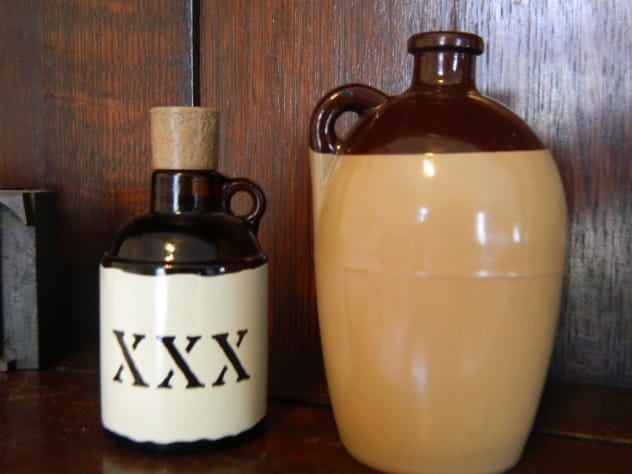
Long before the “XXX” symbol became associated with adult entertainment, it held a very different meaning, especially in the world of moonshine. Commonly seen painted on the side of a clay jug, “XXX” signified that the moonshine within had been triple-distilled. In the early days, distillation equipment was often quite crude. A single pass through the still might not produce a very strong or pure liquor. Each ‘X’ represented a run through the still. So, after the third distillation, the final “X” was added, serving as a guarantee that the jug contained a potent and high-quality product.
3. Getting it From Still to Swigger: Transportation Tactics
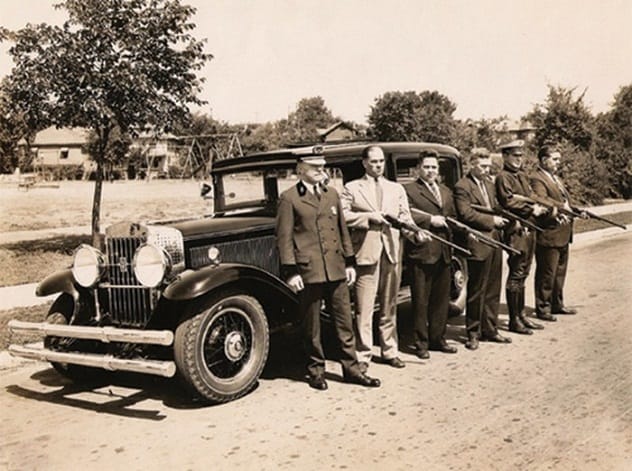
We often hear about ingenious methods used by drug traffickers today, from human mules to custom-built submarines. These creative smuggling tactics aren’t new; alcohol smugglers of the past were just as inventive. The term “bootlegging” itself comes from the practice of hiding flasks of alcohol in one’s boot. Besides fast cars, boats were a popular choice for “rum runners,” as it was nearly impossible for police and the Coast Guard to patrol every river, lake, and coastline. During Prohibition, a particularly morbid but effective tactic was to transport moonshine in caskets, disguised as a funeral procession. Authorities at the time would have found it unthinkable to demand an inspection of a supposed corpse.
2. The Legend of Popcorn Sutton
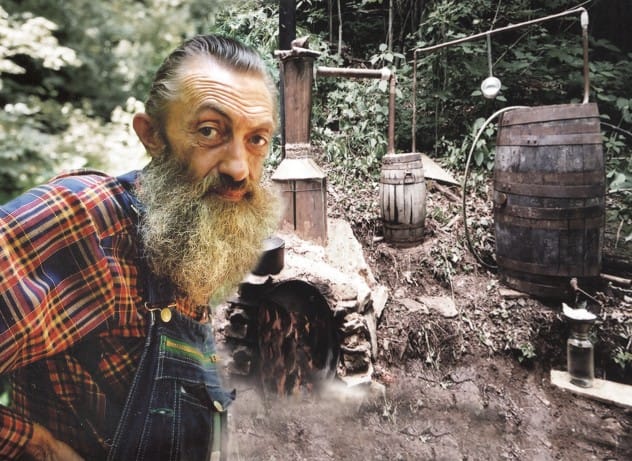
By their very nature, moonshiners tend to be secretive, preferring to operate under the radar. Marvin “Popcorn” Sutton was a notable exception. He earned his nickname after a youthful outburst where his short temper led him to destroy a popcorn machine with a pool cue. Operating stills in Maggie Valley, North Carolina, Popcorn Sutton became perhaps the world’s most famous moonshiner. Though he often managed to evade the law, he was caught a few times over his decades-long career and served periods of probation. Popcorn even appeared on several television shows, including Discovery Channel’s Moonshiners, and penned an autobiography titled “Me and My Likker.”
In 2009, a raid by the Bureau of Alcohol, Tobacco, and Firearms on his property resulted in an 18-month prison sentence. Popcorn, who had recently been diagnosed with cancer, appealed for house arrest, but his request was denied. Tragically, shortly before he was due to begin his sentence, he took his own life by carbon monoxide poisoning. The following year, his controversial legacy continued when country music star Hank Williams Jr. collaborated with Sutton’s widow to legally distribute “Popcorn Sutton’s Tennessee White Whiskey.”
1. Moonshine Goes Global

The United States certainly isn’t the only place where homemade spirits are crafted. Nearly every country on Earth has its own version of moonshine, with varying degrees of appeal and safety. In South Africa, you’ll find “witblits,” an unaged grape brandy. The Congo produces “lotoko,” a whiskey made from corn or cassava. In Russia, “samogon,” which can be produced cheaply, is reportedly gaining popularity over vodka, despite the persistent dangers of poisoning from improperly made batches.
Alcohol is strictly forbidden for observant Muslims, and several Middle Eastern countries, including Iran, Saudi Arabia, and Kuwait, as well as parts of India, ban its sale. In these regions, an underground liquor known as “arrack” is often made using various ingredients, commonly anise or fruit. India, in particular, has seen tragic mass deaths when bad batches of arrack have been contaminated with methanol.
Moonshine’s story is a fascinating blend of history, chemistry, rebellion, and culture. From the backwoods of Appalachia to stills around the globe, its legacy endures, often with a potent kick and a tale to tell. It’s a spirit that truly embodies a spirit of independence, albeit one that has often danced on the wrong side of the law.
What are your thoughts on moonshine? Have you ever tried it, or do you know any interesting stories? Share your experiences in the comments below!










